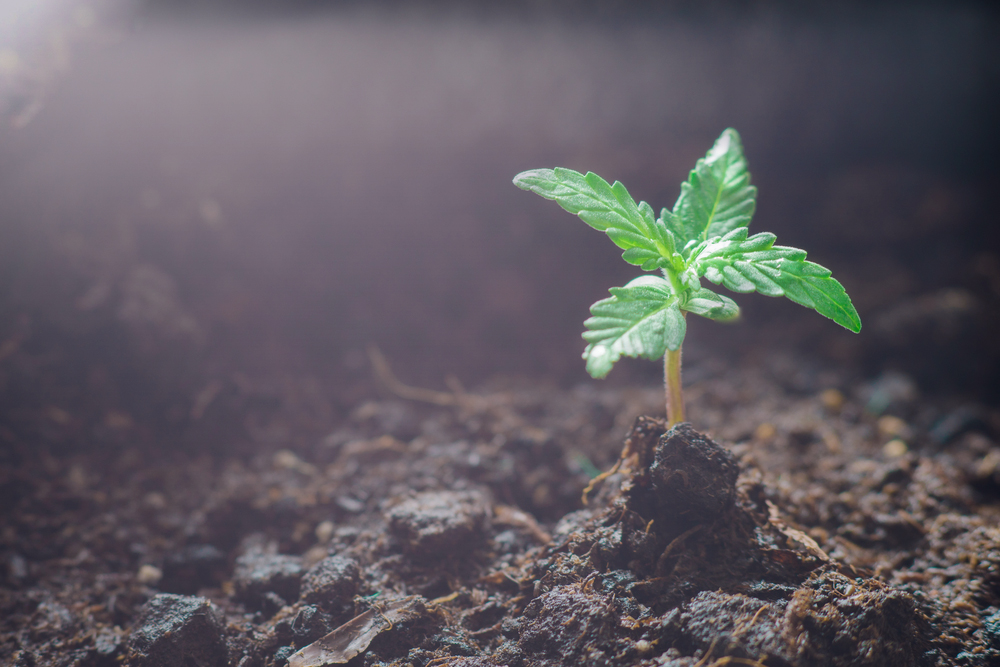Hey, need some help deciding on what light to get next. I've already got the geekbeast and I've been contemplating the Hortibloom with Sanan chips.
Then I saw this the other day and am thinking of asking them to swap out the 960w driver for a 480/600w. I really only need 480w for the space it's going to cover and am thinking that this might be nice if I run it on a 480 at full with that many diodes.
Have a look Here
I'm looking at the 301h with 660 & 730. Not going to bother with the UV
Then I saw this the other day and am thinking of asking them to swap out the 960w driver for a 480/600w. I really only need 480w for the space it's going to cover and am thinking that this might be nice if I run it on a 480 at full with that many diodes.
Have a look Here
I'm looking at the 301h with 660 & 730. Not going to bother with the UV


